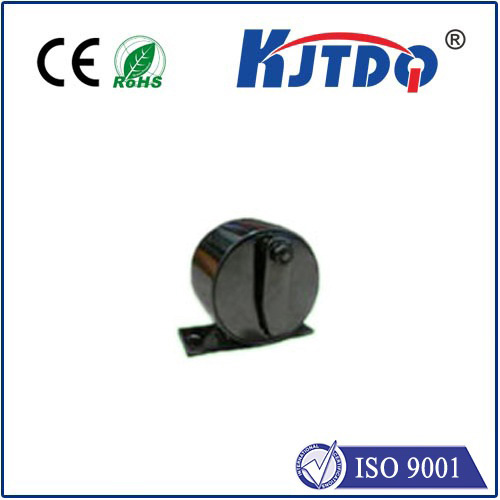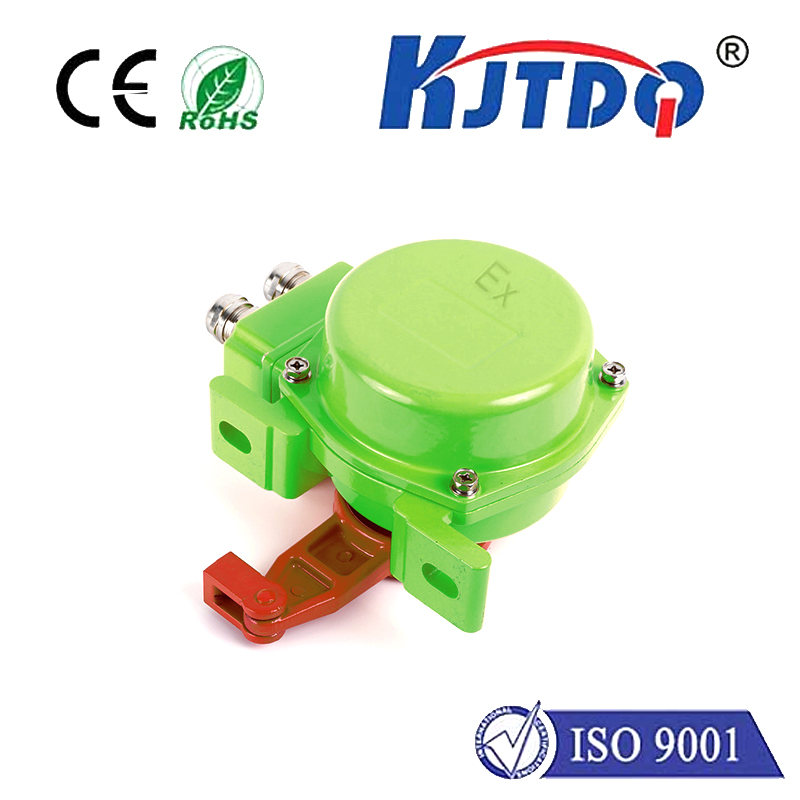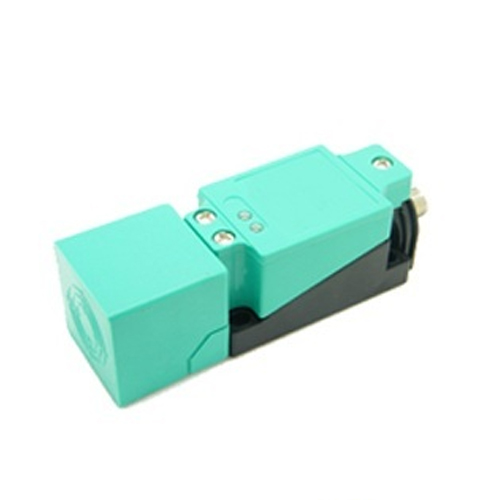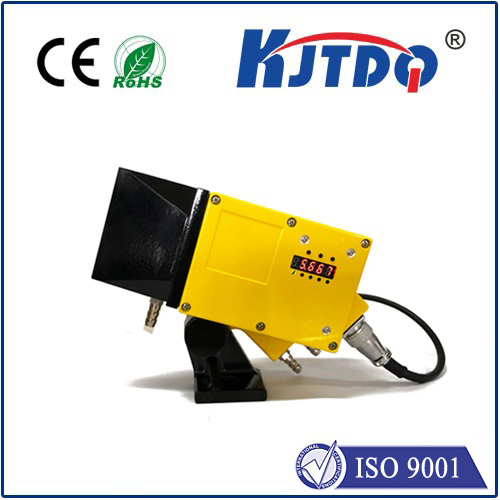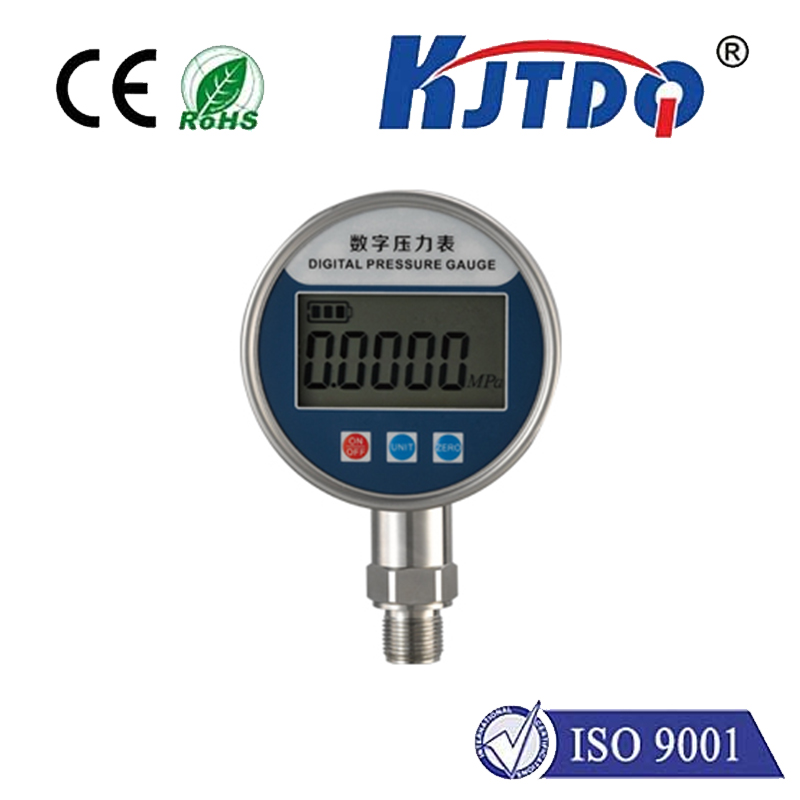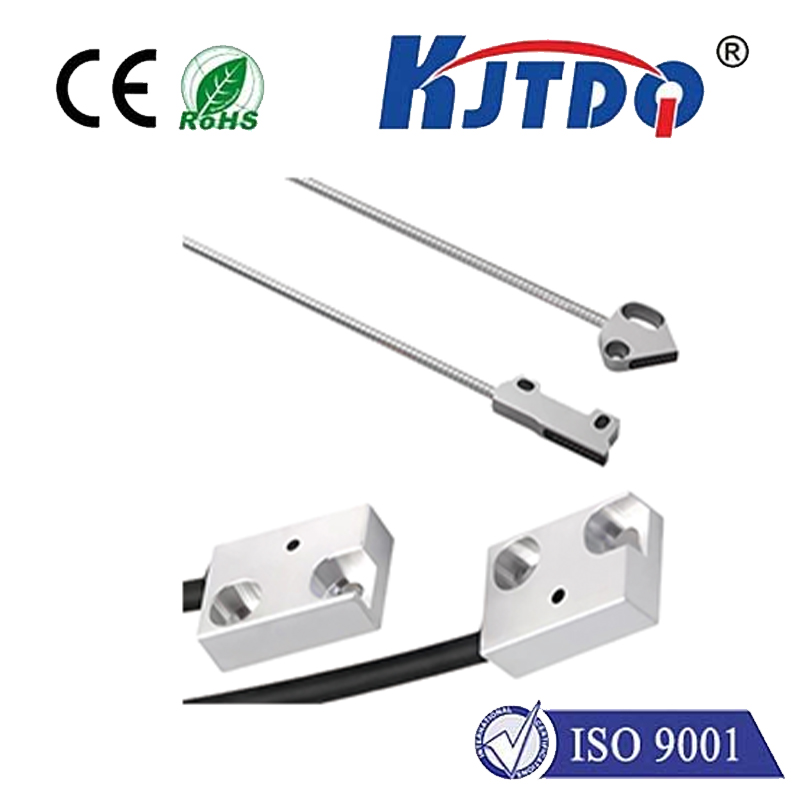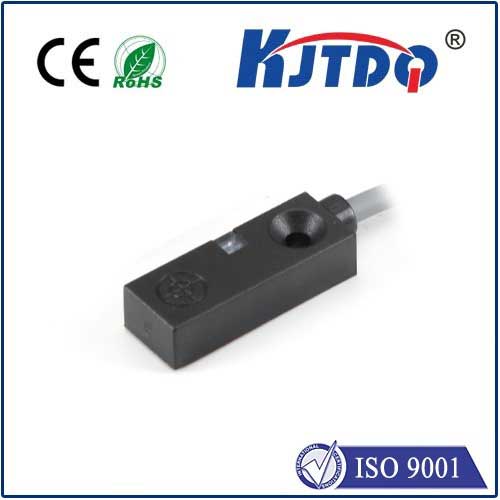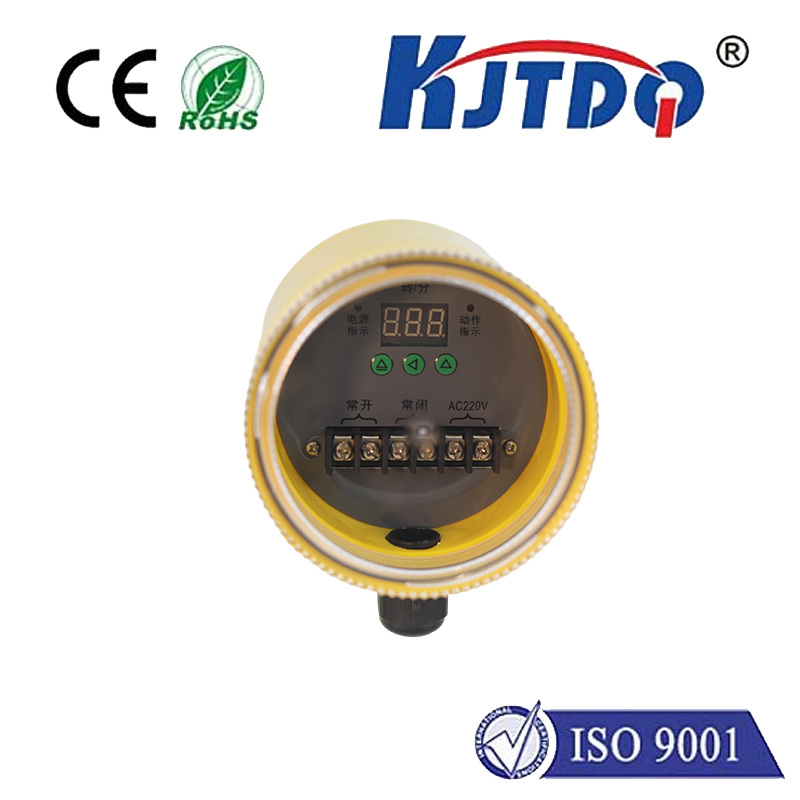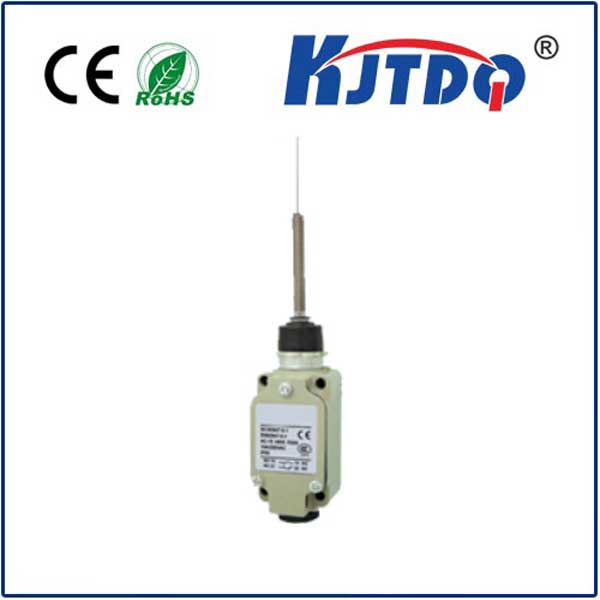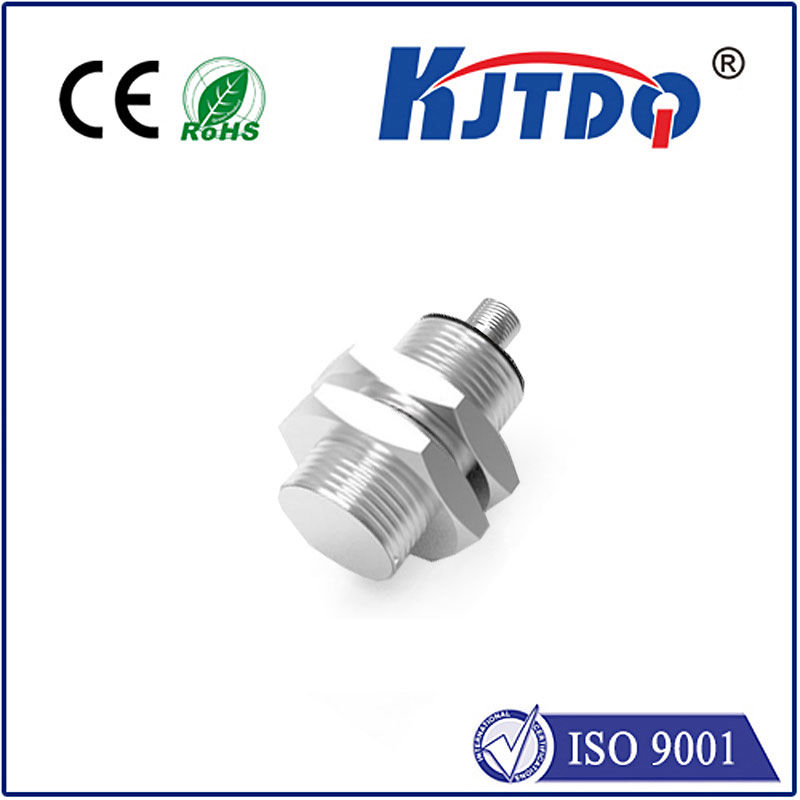

check

check

check

check

check

check

check

check

check

check

Title: Understanding SPS-2D-2-4-MET and Its Significance In the world of acronyms and abbreviations, it can be challenging to decipher what each one stands for and more importantly, their significance. One such term that has gained prominence in recent years is SPS-2D-2-4-MET. In this article, we will explore what SPS-2D-2-4-MET stands for, its importance, and how it is relevant to various industries. Firstly, let’s break down the acronym SPS-2D-2-4-MET. The acronym stands for “Solar Power System Design - 2 Dimensions, 2 Axes, 4 Movements, Maximum Efficiency Test.” This is a comprehensive approach to designing solar power systems that aims to optimize energy production while minimizing costs. The concept of SPS-2D-2-4-MET revolves around two main dimensions: the physical layout of the solar panels and the angle at which they are installed. By considering these factors, engineers can create a system that maximizes energy production while minimizing shading losses due to obstacles such as trees or buildings. The “2 Axes” refer to the ability of the solar panels to move along two separate axes - azimuth (the direction facing) and altitude (the angle of tilt). This allows the panels to track the sun’s movement across the sky throughout the day, increasing their exposure and efficiency. The “4 Movements” refer to the four possible movements of the solar panels: east-west tracking, north-south tracking, tilt adjustment, and rotation. Each movement can be adjusted independently to further optimize energy production based on specific site conditions and weather patterns. Finally, the “Maximum Efficiency Test” measures the overall efficiency of the solar power system, taking into account factors such as shading losses, temperature effects, and soiling losses. By performing this test, engineers can fine-tune the system design to achieve maximum energy production and cost savings. So why is SPS-2D-2-4-MET important? As the world continues to transition towards renewable energy sources, optimizing solar power system designs becomes increasingly critical. By implementing the principles of SPS-2D-2-4-MET, engineers can create more efficient and cost-effective solar power systems that generate clean energy without compromising on performance or reliability. In conclusion, understanding SPS-2D-2-4-MET is essential for anyone involved in designing or operating solar power systems. By considering the various factors that impact energy production and incorporating innovative design techniques, we can create more sustainable and efficient solar power solutions that benefit both people and the planet.
